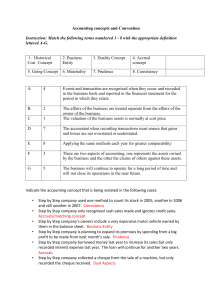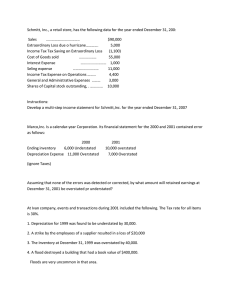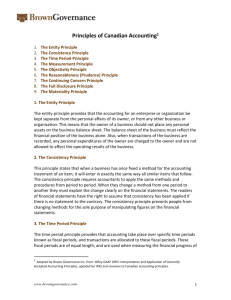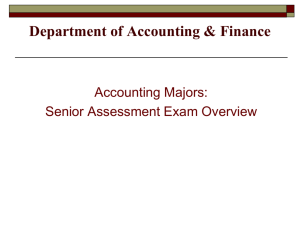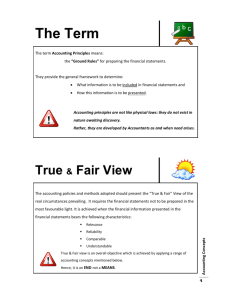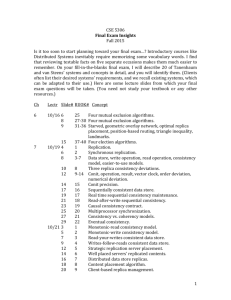File - Business Studies
advertisement
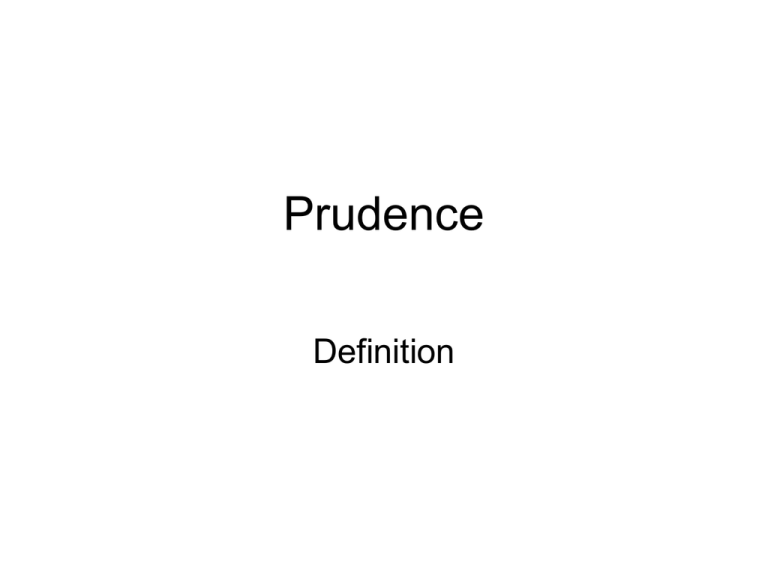
Prudence Definition The prudence concept is about taking a conservative or pessimistic view (1). The concept states that in any situation where there is doubt (1) • profit should never be overstated (1) • losses should be anticipated (1) • assets should not be overstated (1) • liabilities should not be understated (1) • losses should be recognised and written off immediately (1). Plus 1 mark eg valuing inventory at the lower of cost or net realisable value. Marker note: Please do not reward comments such as “figures should be understated rather than overstated” – the candidate must make it clear that assets or profit should be understated to gain the marks. Prudence T.I.I.B The prudence concept means that users* (1) of the financial statements can be confident that the profits shown are ‘real’ (true and fair) (1), and this will affect decision-making (1) – such as taking drawings (1) or paying dividends (1). Plus 0- 1 mark for examples of the application of prudence eg stock valuation, depreciation. Consistency Definition The consistency concept requires that businesses apply the same accounting procedures/methods/ policies (1) from one financial period to another (1) and treat similar items in the same way within an accounting period (1). Marker note: Candidates can be rewarded for stating that a business can change methods provided this will provide a true and fair view or referring to a relevant accounting standard (max 1 mark). Plus 1 mark for example depreciation Consistency T.I.I.B The consistency concept enables users to compare (1) financial statements over time with confidence (1) as they know that they have been prepared in similar ways (1) and are reliable (1). This will enable users to make decisions with confidence (1) plus for an example of a decision (1) Plus 1 mark for example of the application of consistency eg depreciation, provision for doubtful debts.
